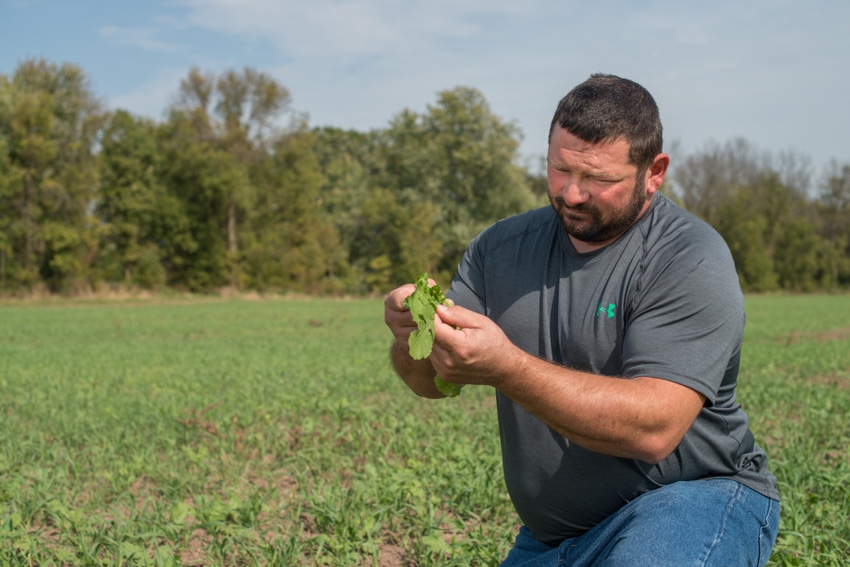November 10, 2017

The Soil Health Partnership is joining in on some fall fashion advice for farmers: keep the stubble this fall. Stubble in the field looks great—plus it’s good for erosion control and overall soil health.
During a month-long campaign called “No-Till November,” the USDA Natural Resources Conservation Service —a supporter of the Soil Health Partnership—is encouraging farmers to “keep the stubble” on their harvested crop fields.
More than half of the farms enrolled in the SHP practice some sort of no-till, including Dan Roehrborn, who farms in Sheboygan Falls, Wisc. He says he’s been practicing no-till on bean acres for about 10 years.
“We save money on fuel and equipment by leaving it alone. Our no-till ground doesn’t erode as much, and is easier to work with in the spring,” Roehrborn says. “We like how the ground behaves when it’s time to plant and it doesn’t require as much work for the next year’s crop.”
The NRCS campaign is mirrored after the national cancer awareness “No Shave November” campaign. “No-Till November” encourages farmers to keep a different kind of stubble by parking tillage equipment in their machine sheds this fall and keep crop stubble on their fields.
“The effects of reducing tillage is an important aspect of the long-term data we’re collecting on the real, working farms enrolled in our program,” said Nick Goeser, SHP director. “The novel research across our farm network will shed new light on how it improves farm profitability.”
SHP’s Angela Knuth farms near Mead, Neb. Several years ago, her farm implemented no-till on bean acres and uses strip-till on corn acres.
“We like the cost savings we’ve seen on no-till. We don’t have to own equipment and we don’t have to run it across the field,” said Knuth. “We have been pleased to see no decrease in yield. We’re hoping to see that continued decrease in our cost of production and improvement in the soil tilth and microbe activity.”
You May Also Like




